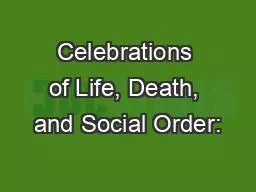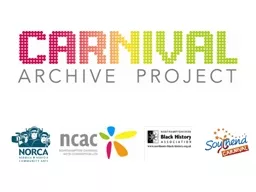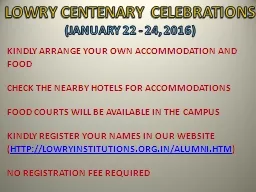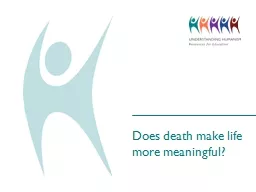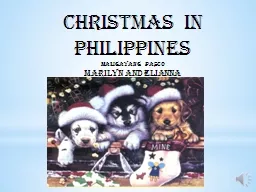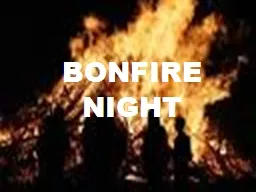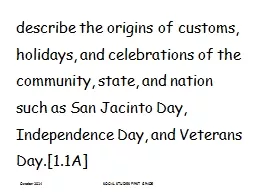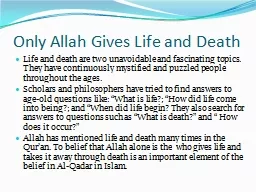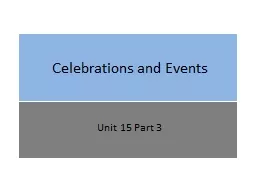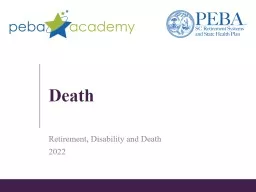PPT-Celebrations of Life, Death, and Social Order:
Author : markes | Published Date : 2020-08-28
Carnival Day of the Dead Vodou Dr Aminata Maraesa In the days preceding Lent all rich food and drink must be disposed of The consumption of this in a giant party
Presentation Embed Code
Download Presentation
Download Presentation The PPT/PDF document "Celebrations of Life, Death, and Social ..." is the property of its rightful owner. Permission is granted to download and print the materials on this website for personal, non-commercial use only, and to display it on your personal computer provided you do not modify the materials and that you retain all copyright notices contained in the materials. By downloading content from our website, you accept the terms of this agreement.
Celebrations of Life, Death, and Social Order:: Transcript
Download Rules Of Document
"Celebrations of Life, Death, and Social Order:"The content belongs to its owner. You may download and print it for personal use, without modification, and keep all copyright notices. By downloading, you agree to these terms.
Related Documents

